Day 2: Nara Day Trip
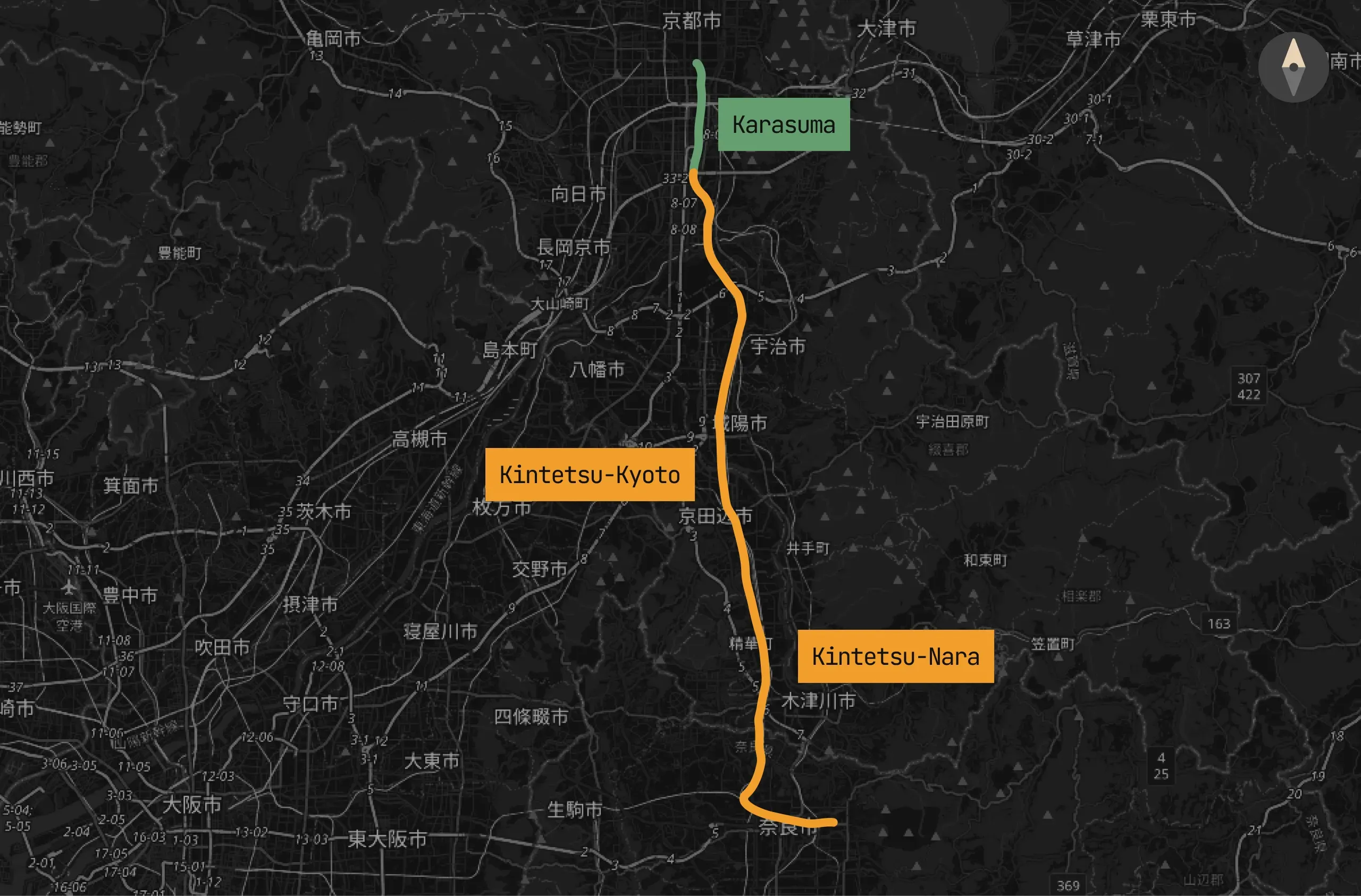
It was raining in the morning today at around 8am, so Dad had to go out to buy umbrellas for us at the local 7-Eleven. The umbrellas themselves were really thoughtful in that they come in their own cloth sleeves to prevent drippage in your bag. Morning pictures:
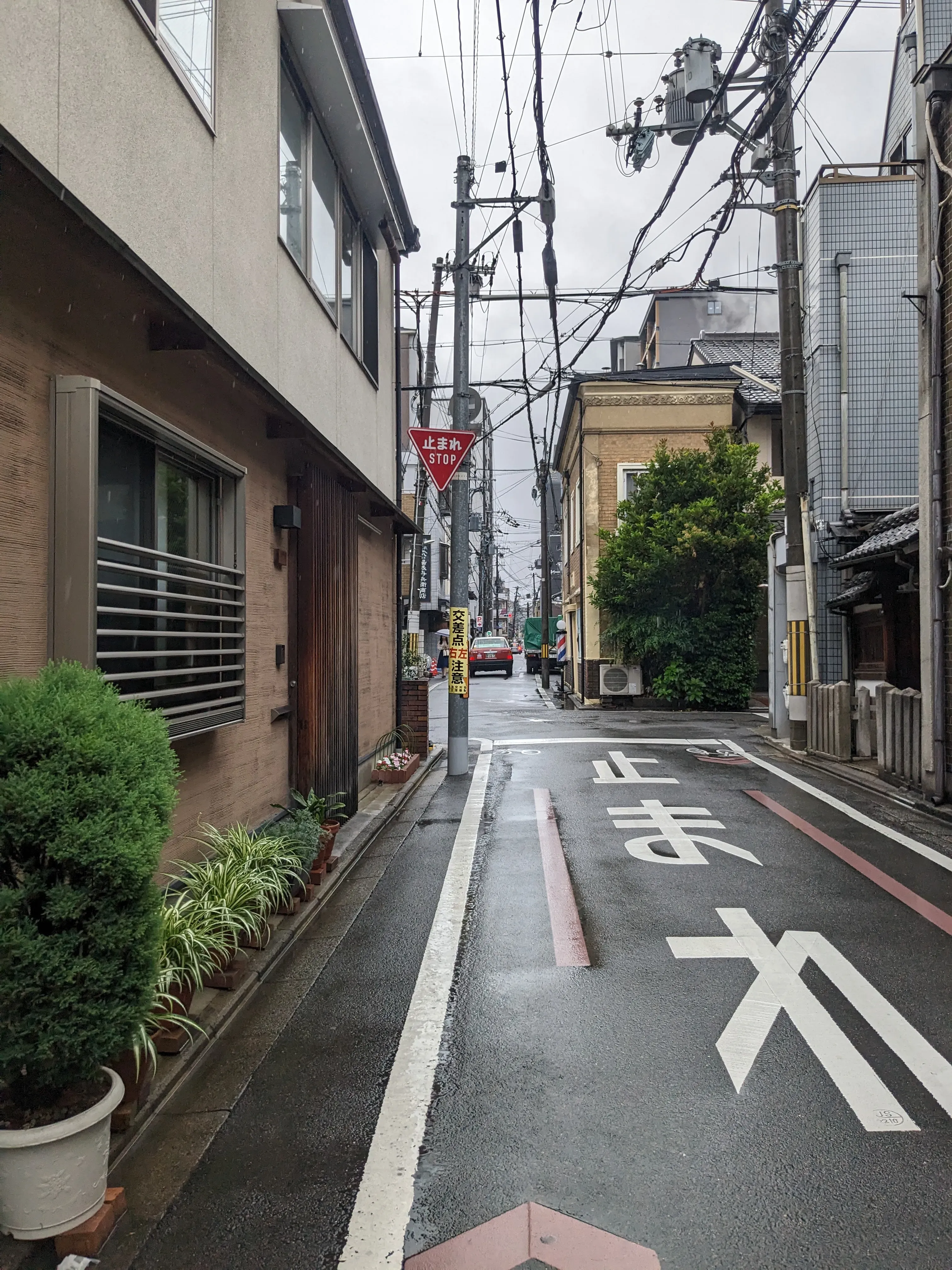
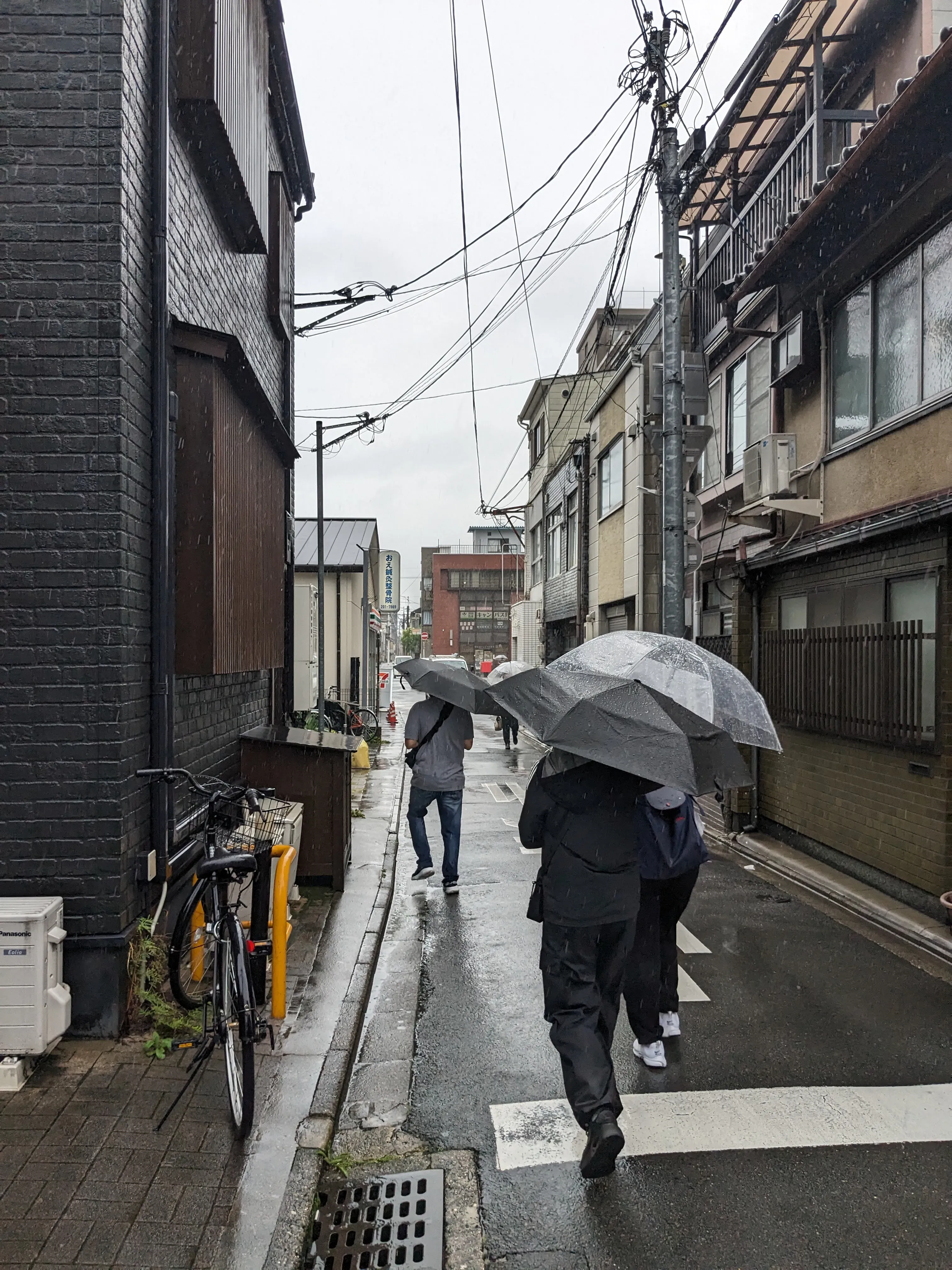
Breakfast (Teishoku)
I’m not sure how we discovered this place, but we ended up eating at a cafeteria-style breakfast place called Shijō Nishinotōin Shokudō. You got in a line and chose individually prepared dishes from the counter to fill up your tray, and then you paid at the end. Once again, we loved the variety, and strategically picked every dish to try something new:
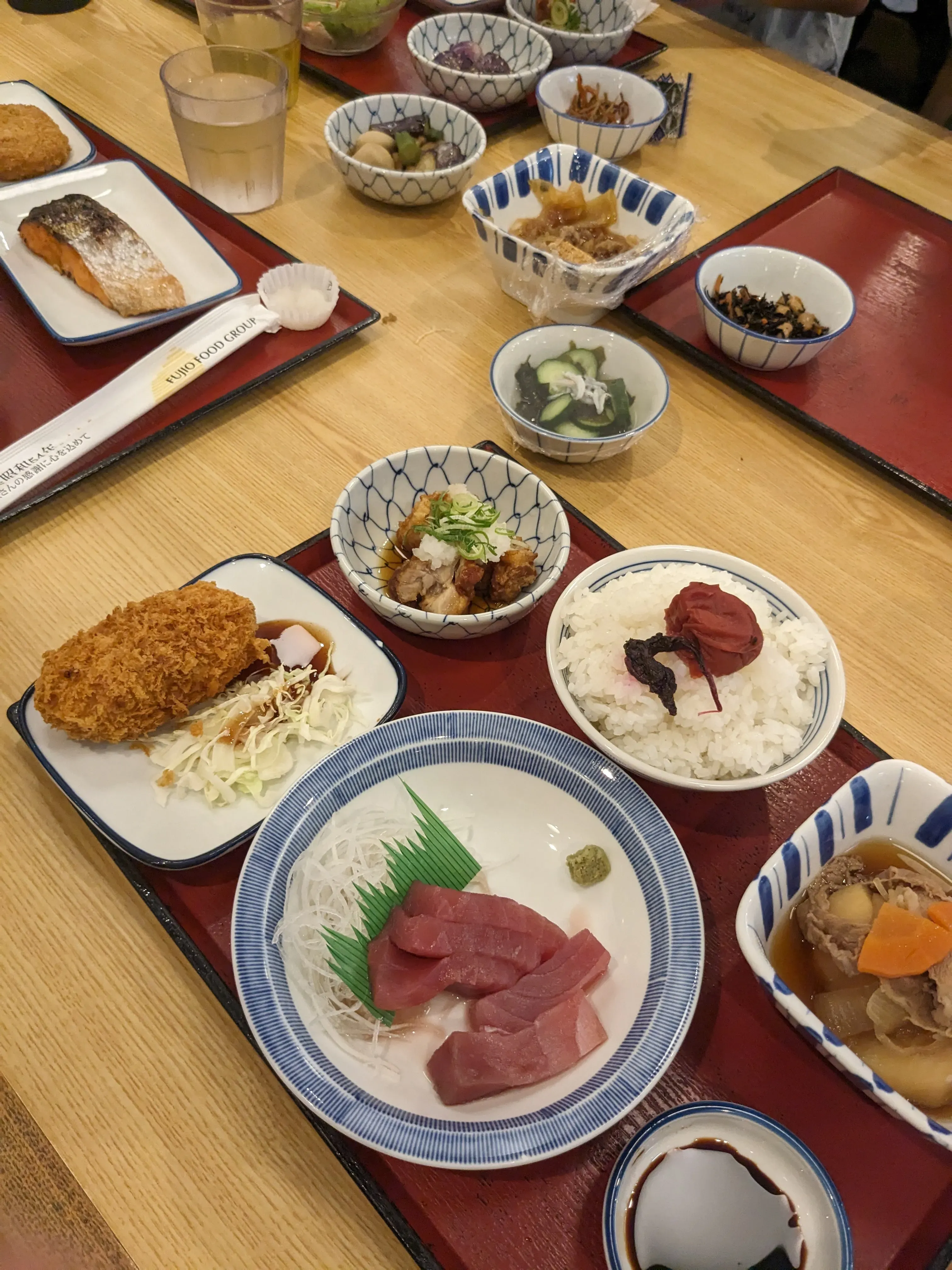
Today’s plan was to go to Nara, a city known for its free-roaming deer and Tōdai-ji, a Buddhist temple complex. We took three trains to get there: the Karasuma Line to Takeda Station, the Kintetsu-Kyoto Line to Yamato-Saidaiji Station, and the Kintetsu-Nara Line to Kintetsu-Nara Station. The train ride was about an hour and a half, and we arrived at Nara at around 10:30am:
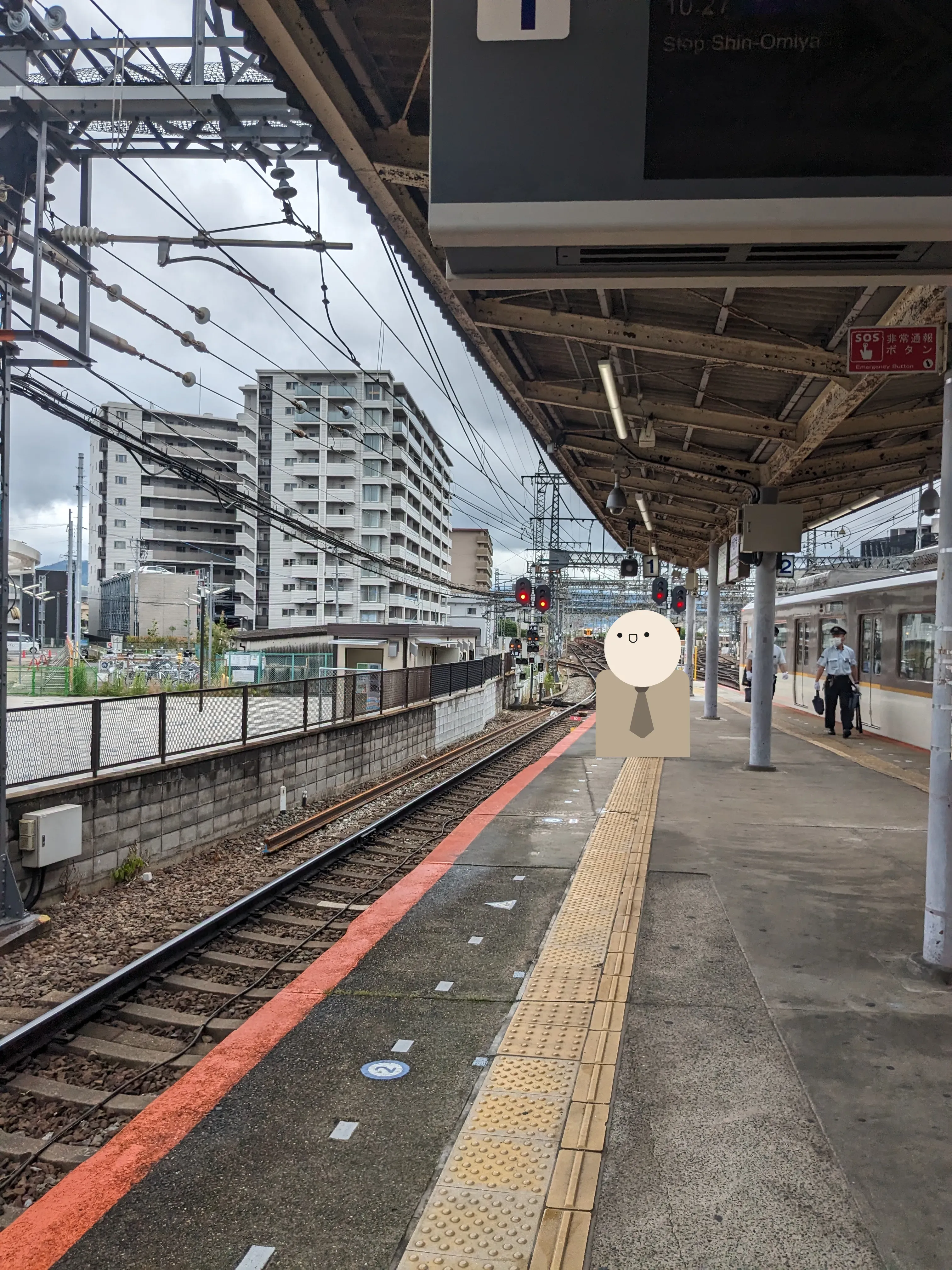
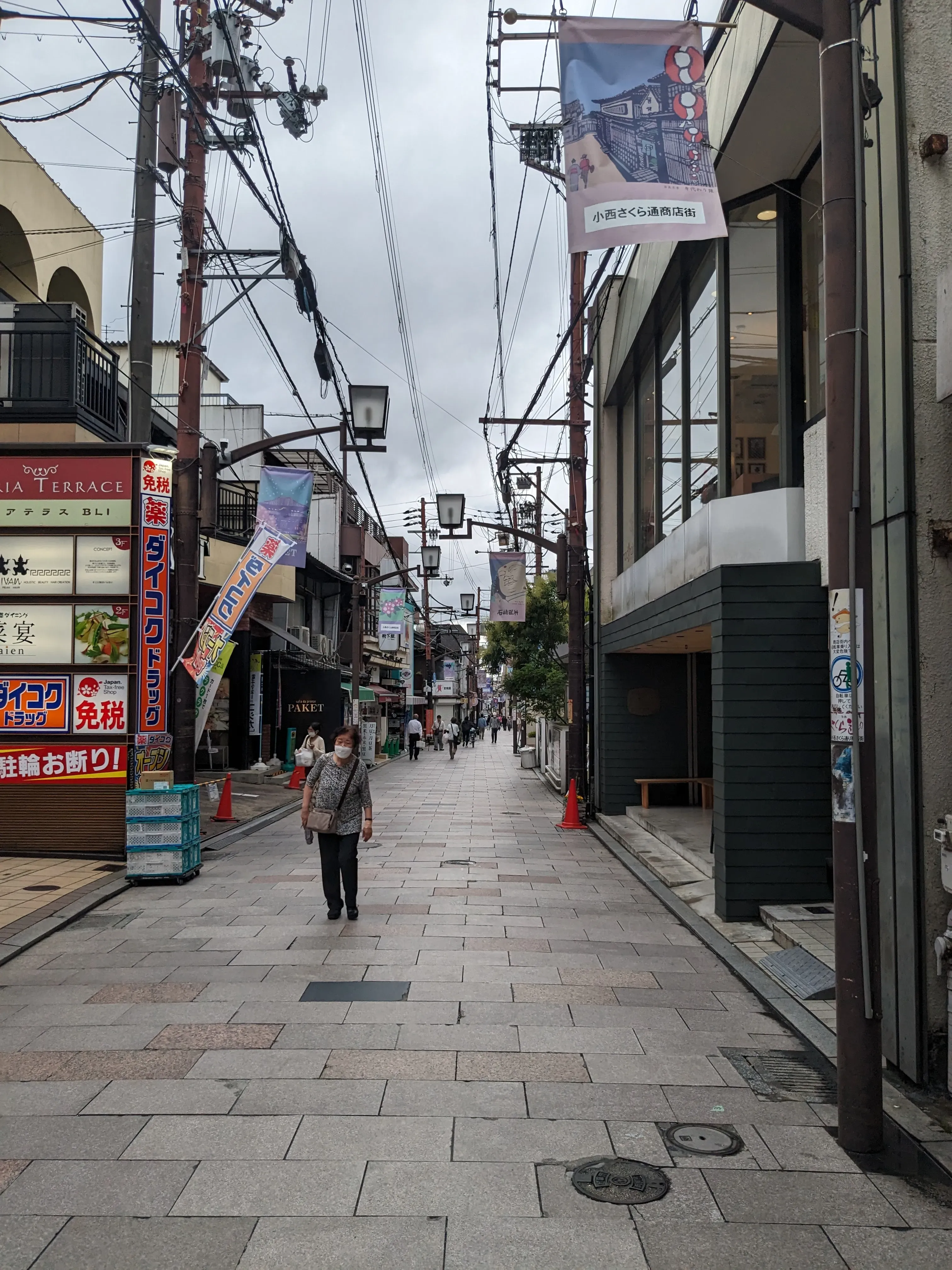
Kōfuku-ji, Nandai-mon, Tōdai-ji
From the station we passed through the Higashimuki Shopping Street to get to the main park area. The park itself was massive, yet still well-kept. The deer were very friendly and even bowed to you whenever you interacted with them, but they did congregate and overwhelm you if you bought “deer crackers” from the many vendors around the park. Note that their poop (eff) was… everywhere, but apparently thats due to tourist overfeeding:
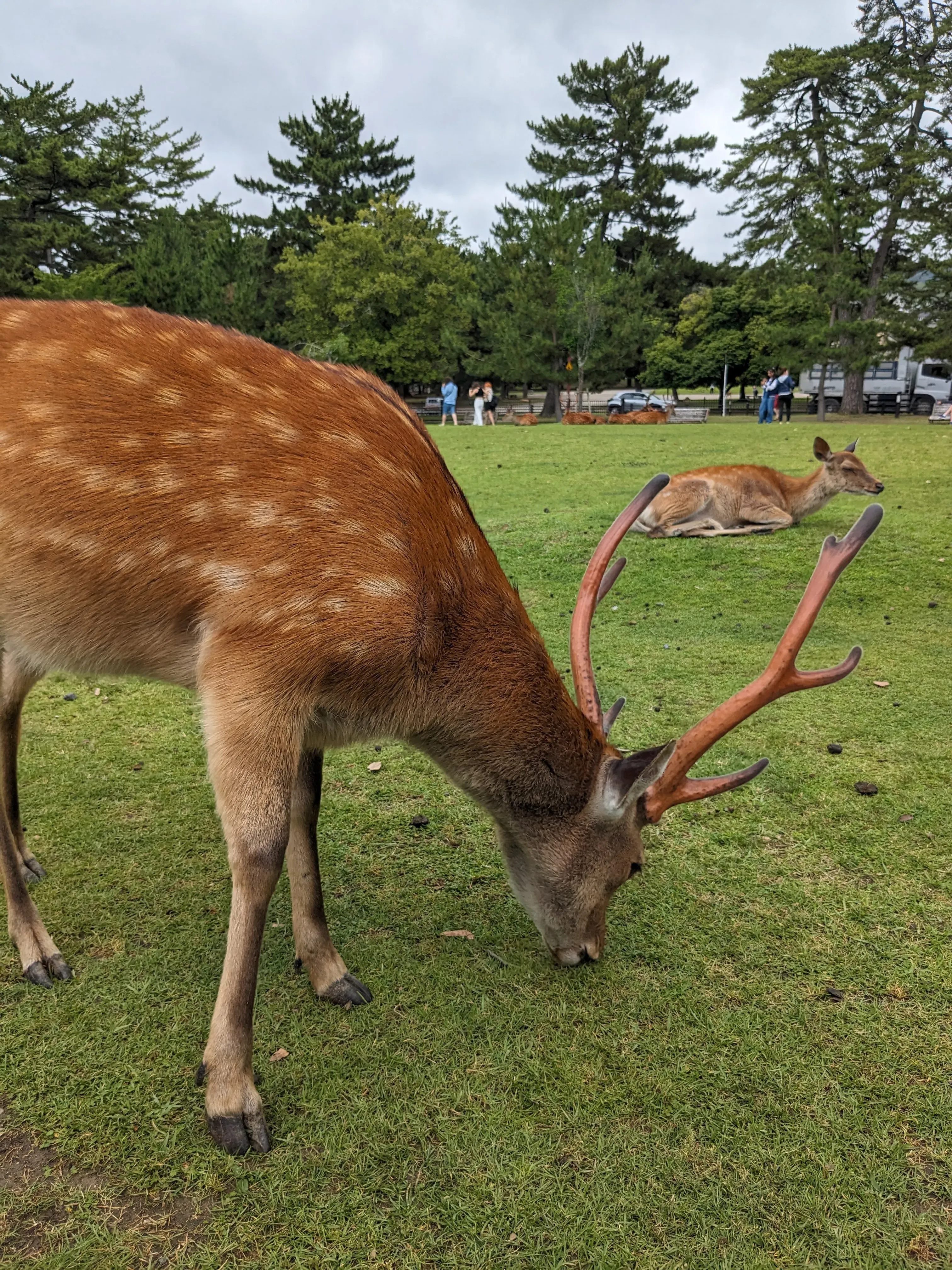
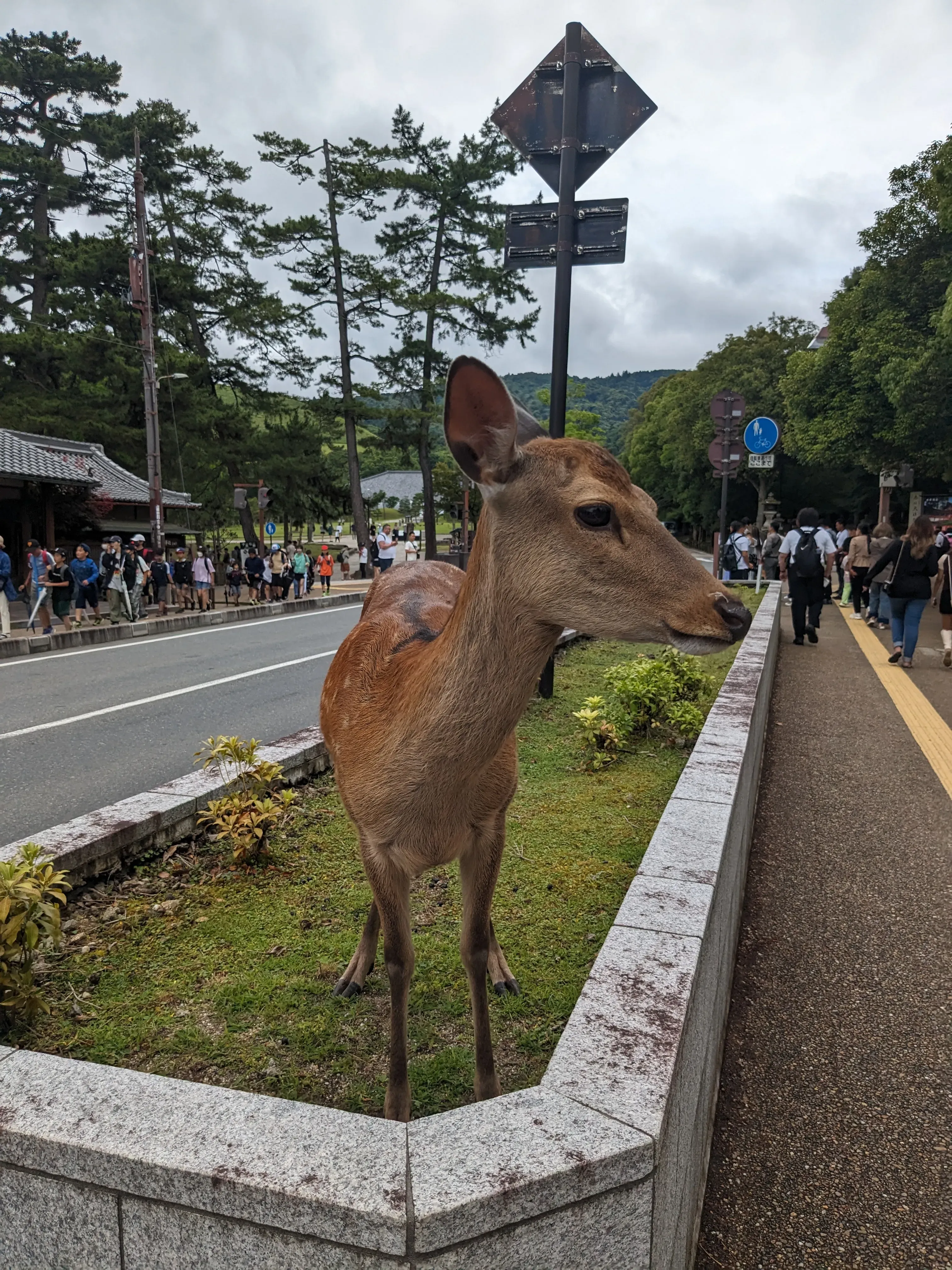
For the rest of the early morning we explored the various temples and shrines around the park, including Kōfuku-ji and Himuro Shrine. From there, we passed the Nara National Museum and through the giant wooden Nandai-mon Gate to get to Tōdai-ji:
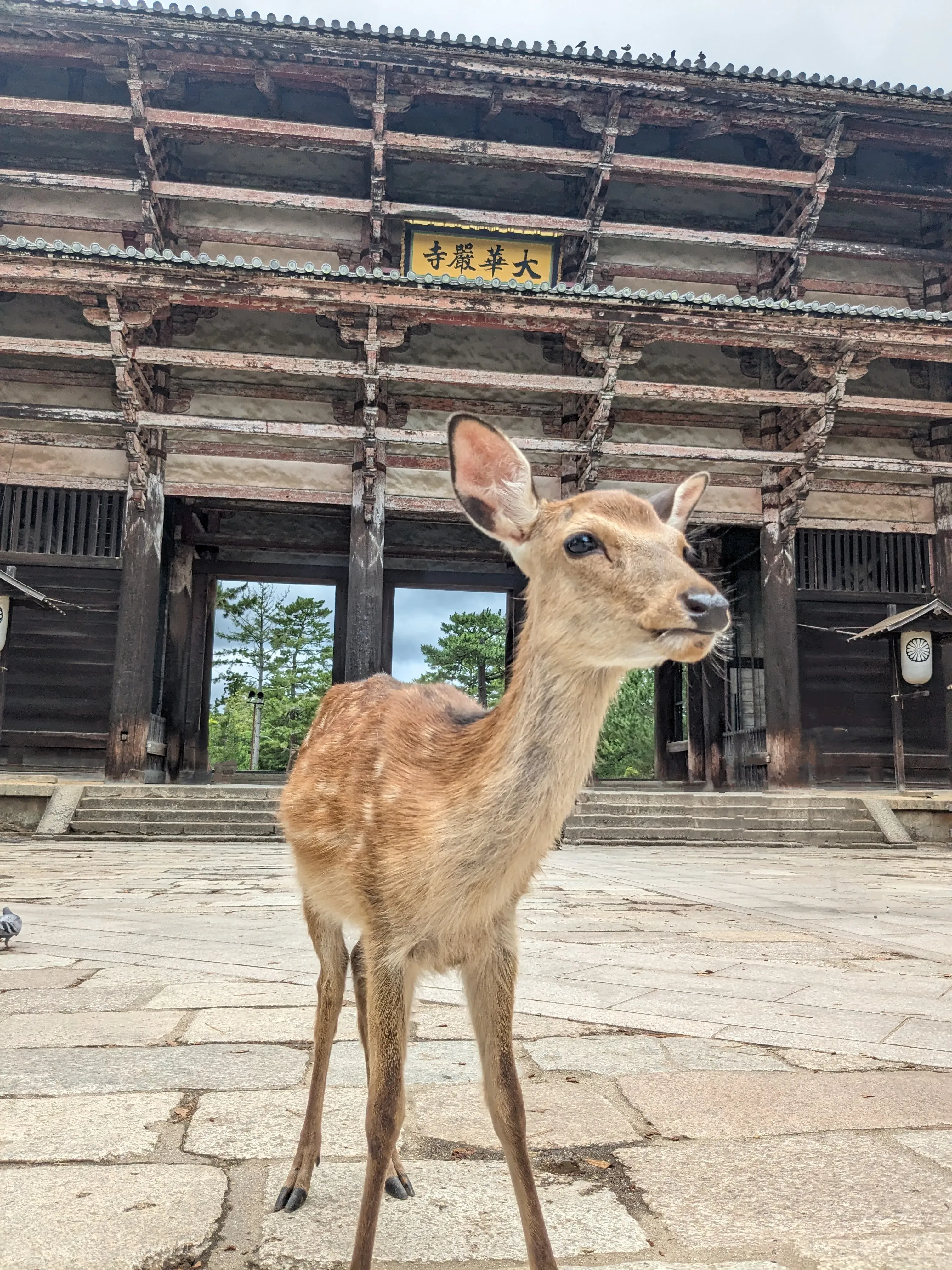
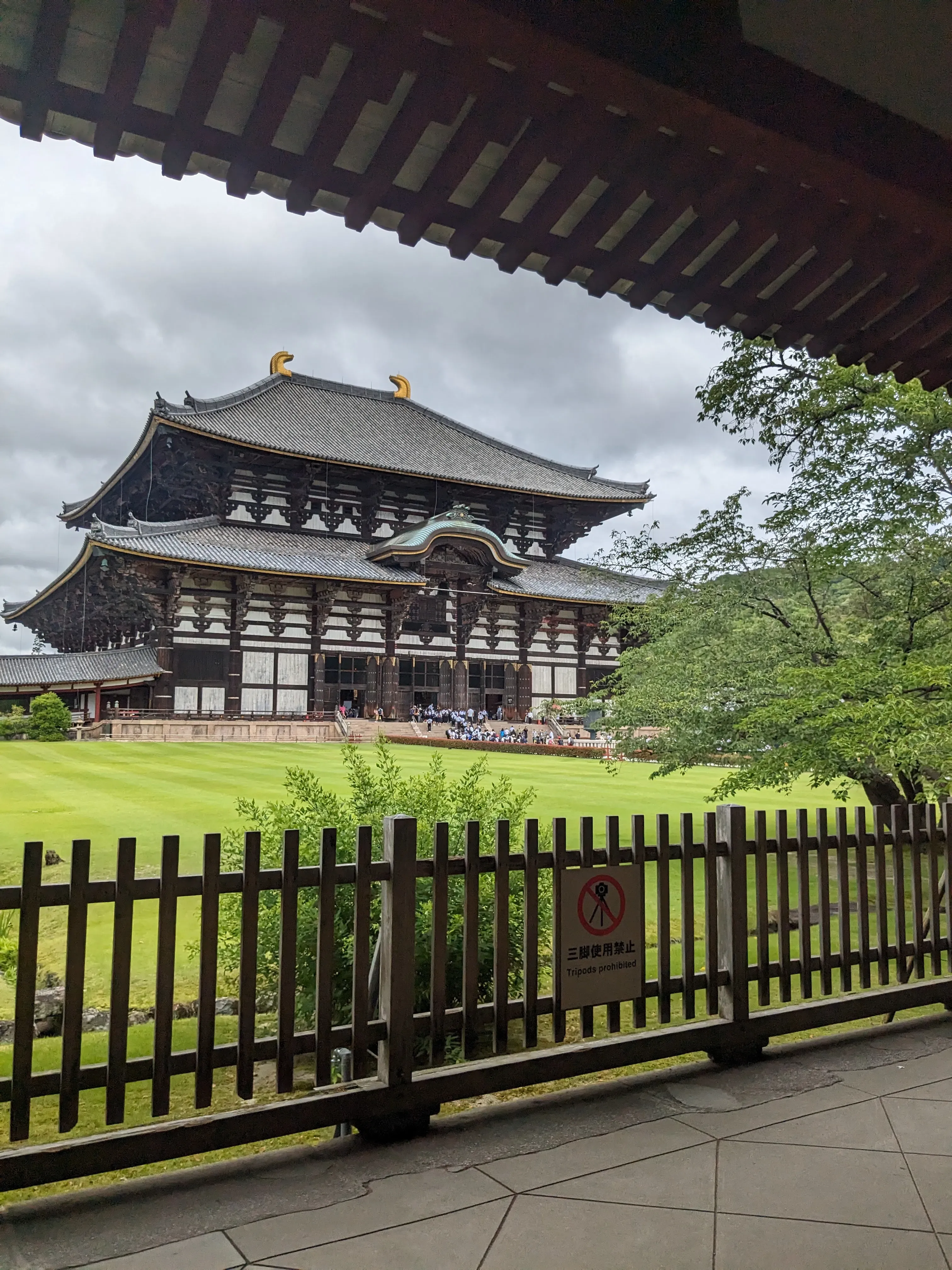
Today was a school day, so there were a lot of schoolchildren on field trips at the temple. We were able to see the Great Buddha inside the main hall, alongside a variety of other artifacts and statues.
Nigatsu-dō, Hokke-dō
Directly east of Tōdai-ji was the Nigatsu-dō (February Hall) and Hokke-dō (March Hall), which were architecturally my favorite structures in the entire park:
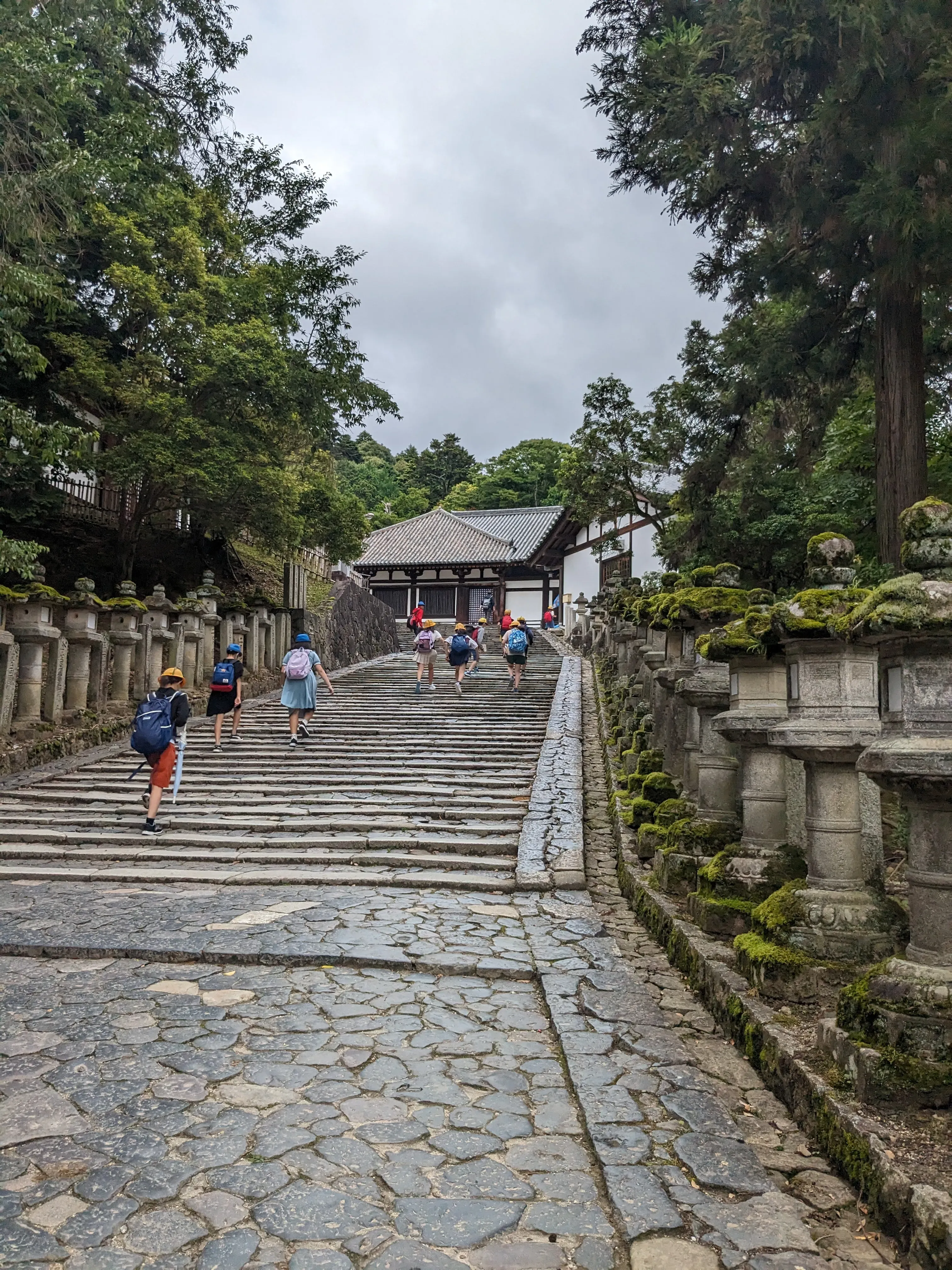
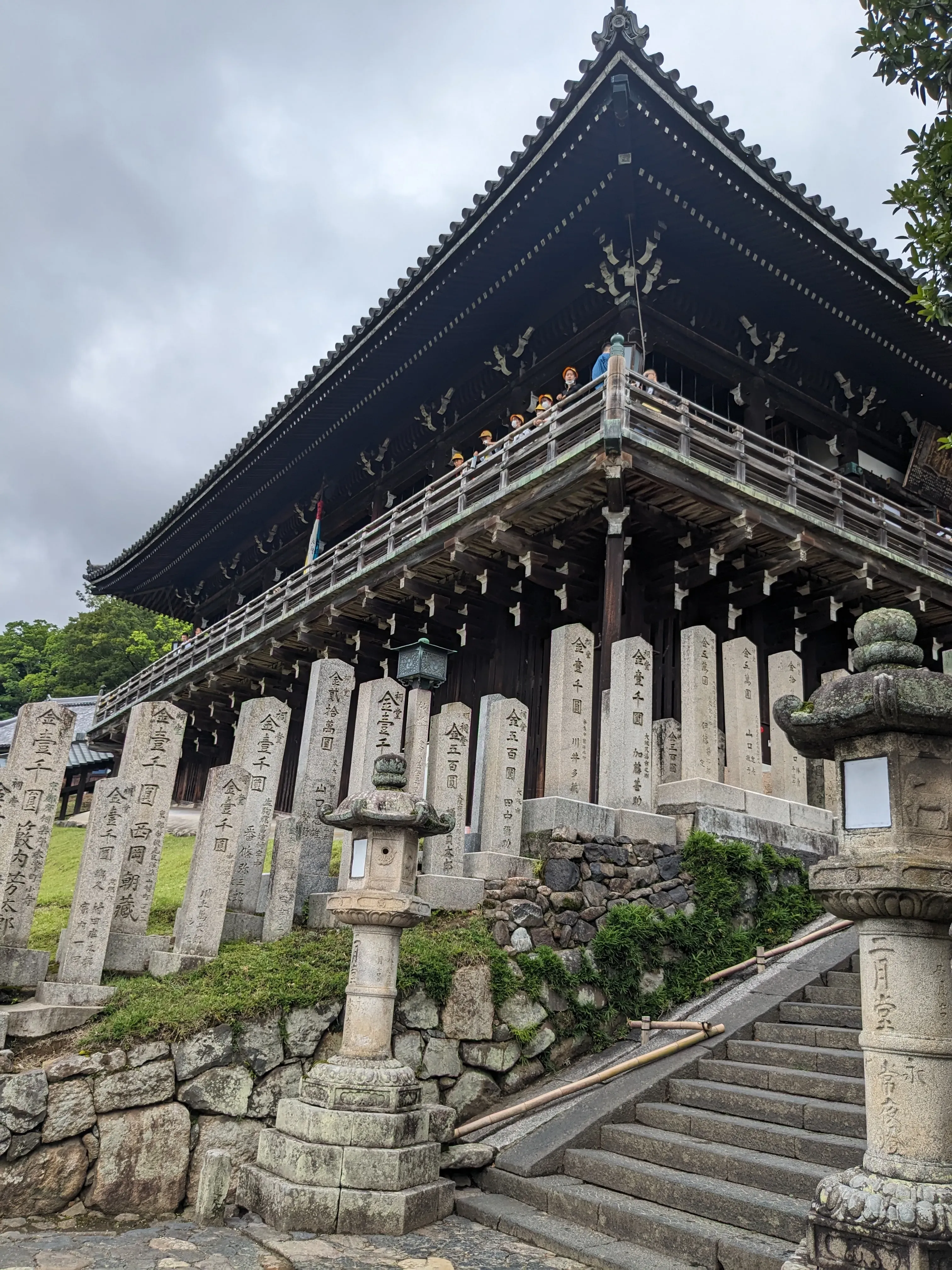
Another photo of the approach to the two halls:
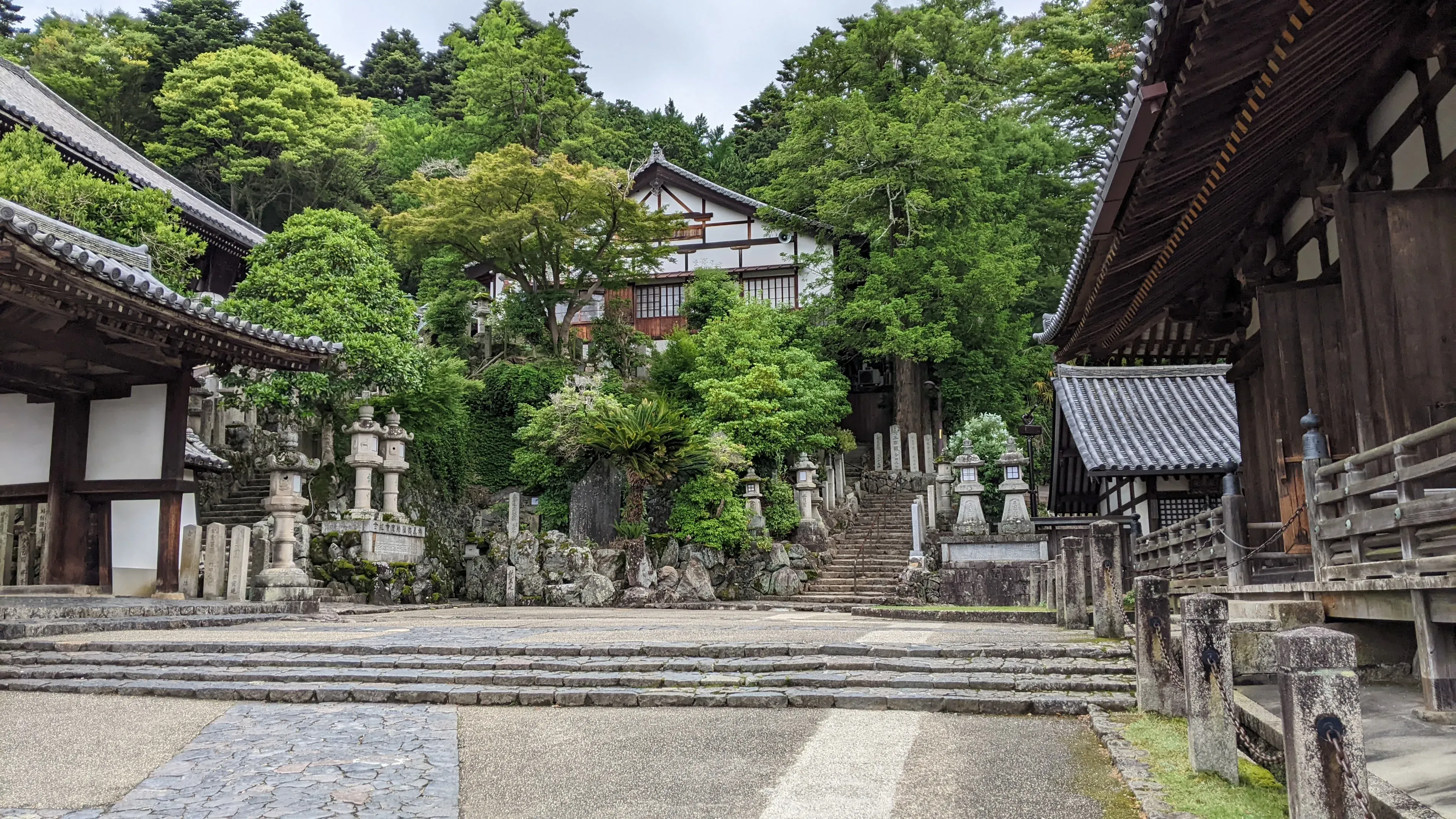
Kasuga Taisha
After walking through February Hall, we opted to take the back route to Kasuga Taisha (which I convinced my family to go to, even though they were pretty shrine-sick at this point). It was an intensely long walk in the summer heat, but I’d consider it worth:
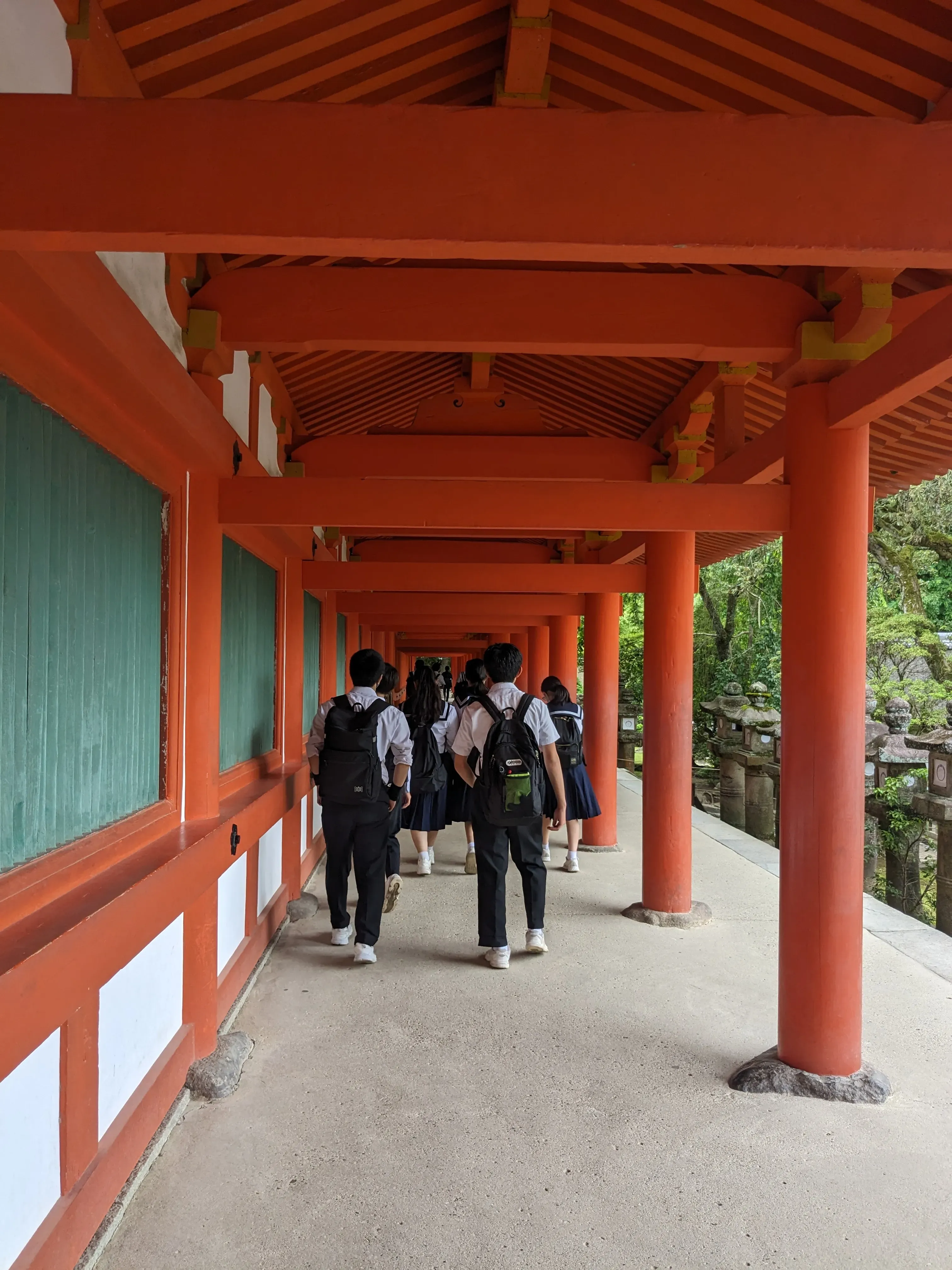
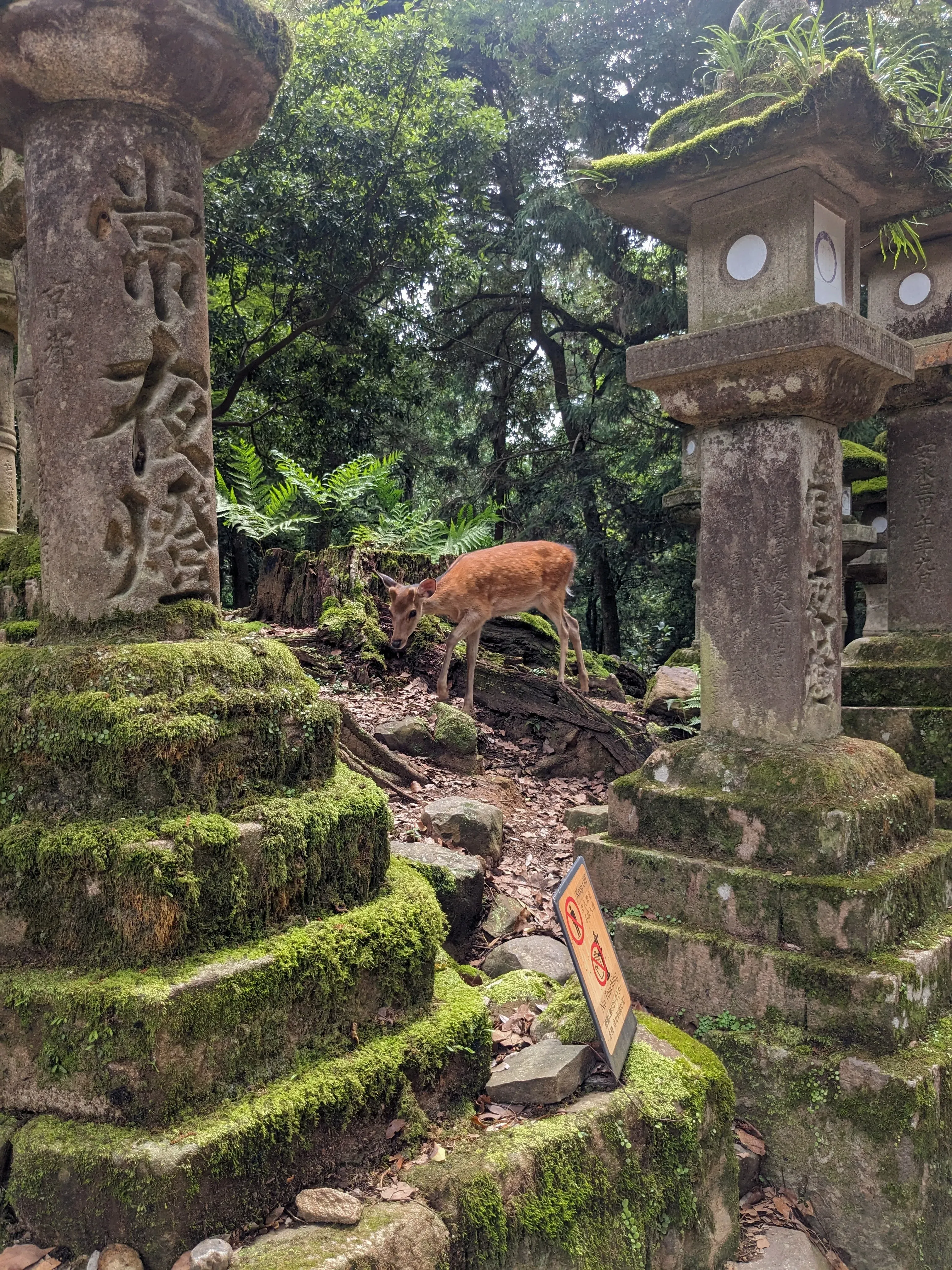
Mamejica Kitchen
We decided to leave the park area after this and were in desperate search for lunch (it was around 2pm) when we stumbled across a really cute ice cream shop called Mamejica Kitchen. We ended up getting three swirl cones which had indescribably rich, milky flavors —— I think the dairy they use in Japan is somehow different from US dairy (either it’s less overprocessed or the cows are fed differently):
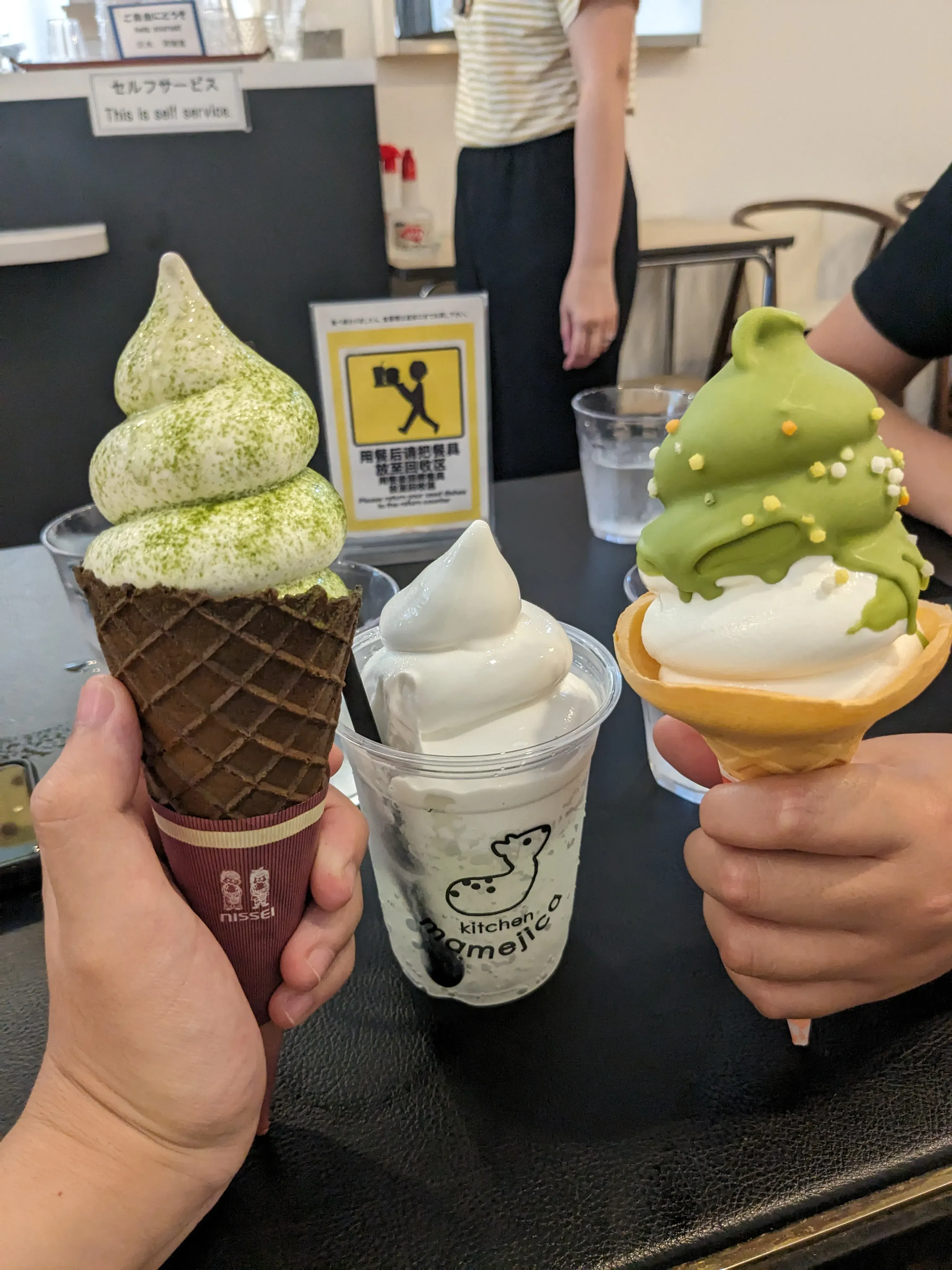
Lunch (Bluefin Tuna)
Thus began the search for lunch. The issue with using Google Maps or Yelp (common in the US, but the latter is almost never used by the Japanese) is that businesses with unromanized names or no lack of English descriptions are less preferred by algorithms, meaning you’re most likely getting tourist-friendly locations. This isn’t necessarily a bad thing, as you’re more likely to be welcomed and understood (and the flavors might be more palatable for foreign tastebuds), but it does mean that you miss out on more “authentic” establishments that locals tend towards.
Interlude: Tabelog
Yelp, however, was raving about a place called Maguro Koya, a tuna-focused restaurant that sat in a residential area of Nara. In hindsight, what’s insanely different between US and Japanese restaurant reviews are the quantity of reviews, and the rating system which they use:
- Maguro Koya had a 4.5-star rating on Google and Tripadvisor with 900 and 450 reviews, respectively. On Yelp, this was bumped up to 4.8 stars with 100 reviews.
- By contrast, Maguro Koya had a 3.3-star rating on Tabelog with 50 reviews.
This is indicative of how harsh the ranking system is on Tabelog —— a 3.5-star restaurant is already considered “really good” on Tabelog, but that metric would be mediocre on Yelp/Google. the highest-rated restaurants (usually accoladed with Michelin stars and 6-month waitlists) are typically 4.5-4.6 stars (see the Tabelog ranking system). I’d personally use the following conversion to compare Tabelog to Yelp/Google:
| Tabelog | Yelp/Google |
|---|---|
| 4.5 and above | 5.0 |
| 4.0 to 4.4 | 4.9 to 5.0 |
| 3.5 to 3.9 | 4.6 to 4.8 |
| 3.0 to 3.4 | 4.2 to 4.5 |
| 2.5 to 2.9 | 3.8 to 4.1 |
| 2.0 to 2.4 | 3.4 to 3.7 |
| 1.9 and below | 3.3 and below |
Maguro Koya served, without a doubt, the best tuna I’ve ever had in my life. The restaurant was tiny, maybe about 12 seats, and was ran by an elderly couple; the wife spoke in English to us. On a side tangent, when the husband poured us boiling tea from the dispenser it splashed on his hand, yet he didn’t even flinch —— the lack of nerve endings in his hand says a lot about how long he’s been in the business.
We personally ordered from their separate bluefin menu, which was “expensive” (about $20 USD per dish) but miles cheaper than imported bluefin in the US. We also opted to order rice bowls over sashimi, we could fill up while still enjoying the pure form of the fish:
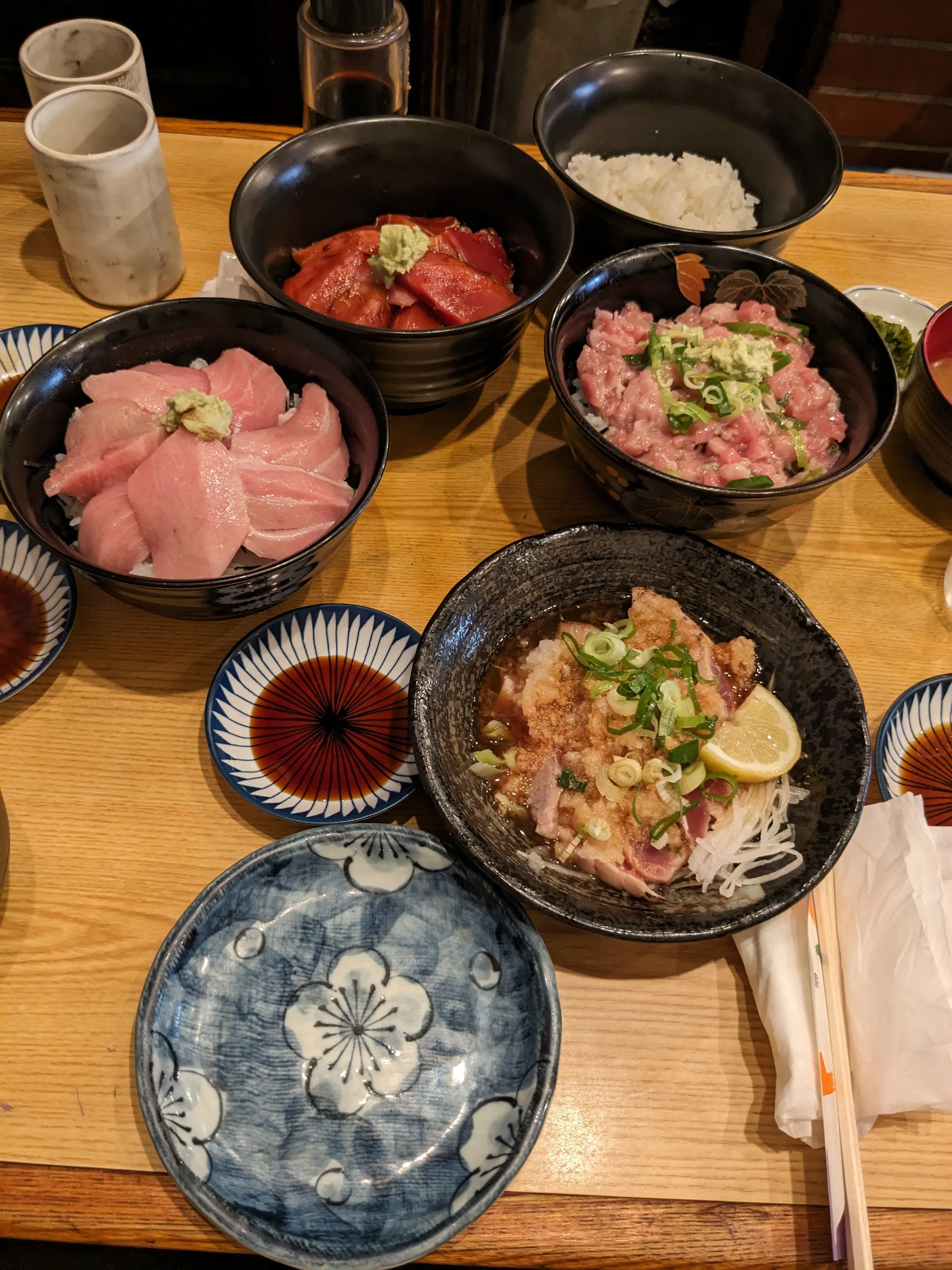
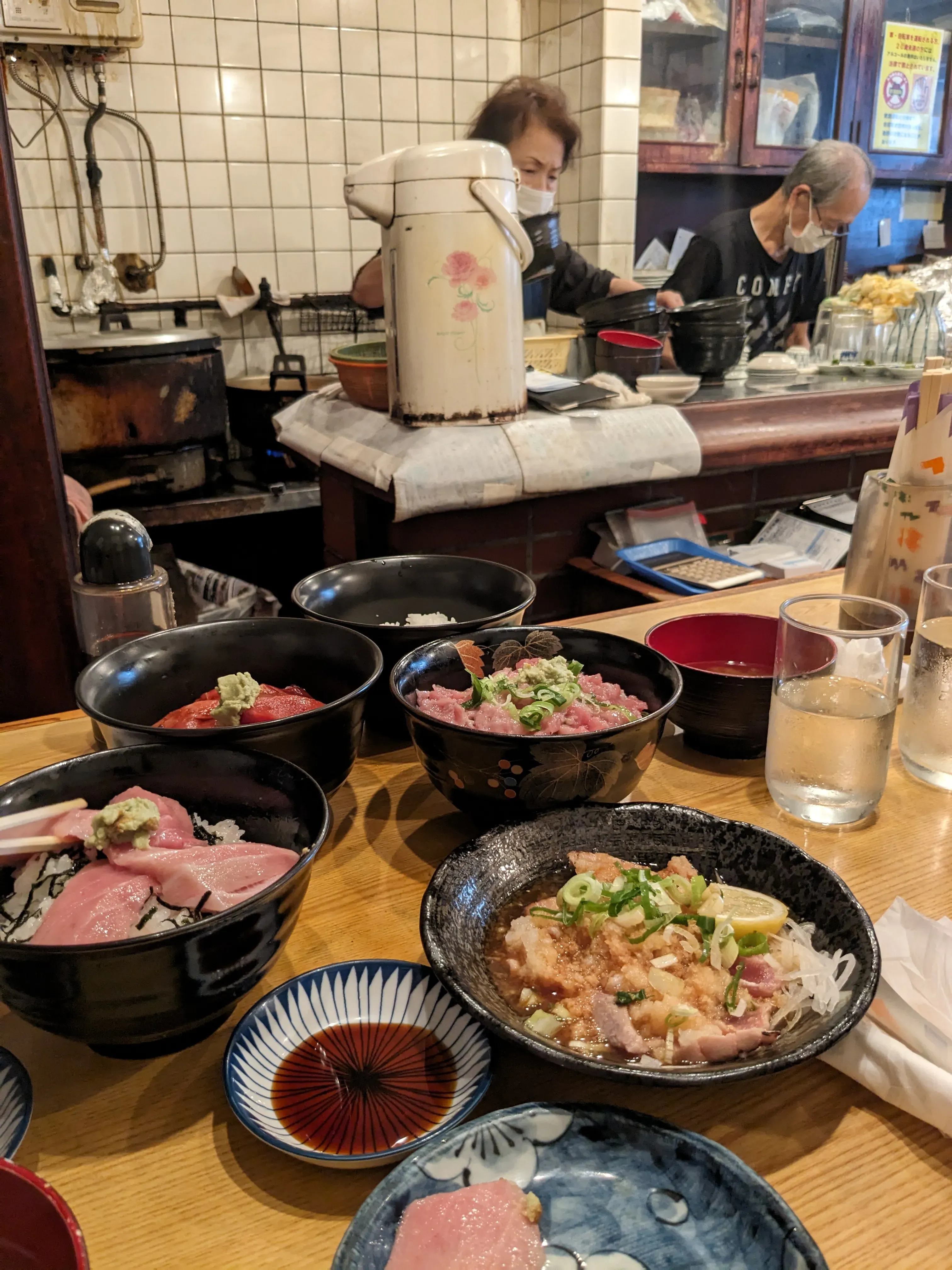
This meal was simply life-changing. It changed the course of my life. 3.3 stars on Tabelog by the way.
After we got back to Kyoto we decided to sleep in and have a kombini dinner.